Empowering others with a Washing Machine... or rather 2 to be exact!
Follow articleHow do you feel about this article? Help us to provide better content for you.
Thank you! Your feedback has been received.
There was a problem submitting your feedback, please try again later.
What do you think of this article?
Introduction
The People.Planet.Product Student Design Challenge was started by Electrocomponents Grassroots and The Washing Machine Project to impact on the lives of thousands of people in global communities in a positive sense. As a quick 10 minutes read, the below introduces our improvement proposal to the said project.
About the Team
Team Scentury is a group of two Mechanical Engineering undergraduate students from National University of Singapore (NUS) whom both coincidentally specialises in Aeronautics and minors in Japanese Language. We developed interests in product design with 3D CAD, rapid prototyping with 3D printing, manufacturing and supply chains. Ultimately, we hope to improve the lives of users of our products through thoughtful innovative design ideas. Please feel free to connect with us via LinkedIn below:
- Kwek Hong Wei, Benseun - Year 3 who runs a travel vlog on YouTube
- Xu Wenhao - Year 4 who will be launching his first commercial crowdfunded project
__________________________________
Ease of Implementation
Our product seeks to be downward compatible with the base concept of Divya 1 (above) designed by The Washing Machine Project. Divya 1 is made up of a UN approved 60L drum made from HDPE. An external frame encases the drum and sits on frictionless casters attached to the base frame. The drum is capped by a UN approved lid held together by a clamping ring with a seal to ensure water tightness. The original concept uses a long handle similar to a broomstick attached to the outer side of the lid surface and rotated. We think that this long handle design can be further improved as powering this washing machine by hand for 19.5 minutes will be too tiring, especially when the target user is women from refugee camps.
Initially, we wanted to add bicycle pedals to each of the barrels. But this posts a problem. When the user steps the pedal to the bottom of the revolution, force is needed to bring the pedal up to the top. Imagine riding a bicycle with one side of the pedal only, there is nothing to bring the pedal back up to the highest point without the other pedal. This defeats the purpose of being more efficient than the current Divya 1 prototype. In addition, our original idea also has a wooden plank that slots into the base of both units. However, a plank of this length might be hard to source.
Our final idea incorporates a bent bamboo pipe (bent using heat) that acts as a mechanical connection between the two barrels. This synchronises the barrel motion and harvests the momentum of one barrel into powering for the other as the contents is brought down from the top by gravity. Being downward compatible, the only modification we need to do on the current Divya 1 prototype is to drill a hole on each of the circular rims for the pipe to be inserted into.
The long connecting wooden plank is removed as we believe that the barrels with contents will be sufficiently heavy to remain stable while in operation. Our team estimates the laundry and the water to weigh 10kg and each set of barrels and base is around 5kg. With 15kg on each side of the pedal, the whole setup should remain stable while in operation. However, if one seeks to further prevent any lateral movements of the washing machine, the user can flush the setup towards a rigid wall and put some bricks at the sides of the setup as seen in fig 6.
Compared to other ideas with a rotating, centre mounted handle, our idea will be able to make use of stronger leg muscles. In addition, there will also not be wearing of the user's hand on the handles which cannot rotate, as opposed to having shoes to protect the user’s feet in our design. Cylindrical sleeves can be added to the pedal for this purpose too.
__________________________________
Costs
The estimated cost of each set of barrel assembly is the same as previous estimates, as follows:
The estimated cost for bamboo pipe would be about 1.5 British Pounds. Hence this brings us to a total cost of 206.62 British Pounds for a set of 2 Divya 1 washing machines, without taking into account the man hour cost which is highly variable depending on the country of manufacturing.
Manufacture
Like Divya 1, The whole washing machine is designed to be easily assembled with parts that can be easily sourced wherever the user might be (Except for the seal which extras will be provided). Wood pieces are made of simple geometries so that it can be easily sawed with a simple handheld saw, or laser cut before shipping. Fasteners are standard metric sizes readily available in material stores too.
Assembly steps are straightforward and intuitive as well, which also enables easy disassembly for maintenance.
Materials
Materials involved are available universally and easily replaceable on the machine. In replacement of the metal pole in the above photo, bamboo can be heated and bent into the shape required. Wood is chosen for the frame over other materials as it is lightweight, strong and easily obtainable from anywhere around the world. Although it might be weaker than alternatives such as metal or plastic, it is sufficiently durable and any replacement can be easily sourced anywhere around the world. It is also easy to repurpose any scrap wood planks into making the Divya prototype. Lastly, for the barrel, we do not need to restrict ourselves to the one sourced previously, as we can always adapt the wood to any barrel sizes available locally. However, it must be noted that any deviation from the designed size will require recalculation of the dimensions of the other parts, hence costing additional man hours.
Supply Chain
Existing supply chain of the Divya 1 can be used, which we assume leverages on RS Components’ global supply chain to get the products where they are needed. Raw materials can also be repurposed from any scrap materials of comparable strength and properties. For maintenance items, most, if not all parts can be easily acquired locally at any materials shop or can even repurpose scrap materials for repairs.
For ease of transportation, we can design all parts to be small enough to fit into the barrel. If done correctly, we will be able to reduce the entire setup to be only the size of two barrels and a long pole. As the setup is rather heavy, we foresee that shipment will be done via sea shipping, which often charges by the volume of the goods being transported. Hence being able to fit everything into the barrels is a huge reduction in transportation cost to anywhere around the world where our design is needed.
Originality
We believe the idea has not been implemented in this field before but we were inspired by those pedalling equipment at the exercise corners available and located in every Singapore Housing estates. Leg pedals are a staple of life and we believe utilising legs to power the Divya 1 washing machine is the best posture and solution in the long run.
The concept of using bamboo as replacement in the event of scarcity of metal poles is also a novel implementation in this field. Gaining inspiration from bamboo bed frames which is bent by heat, we looked up YouTube videos and wikiHow to ascertain the simplicity of manufacturing such a replacement.
Adoption
The context of usage of Divya 1 is in a refugee camp and the majority of the users will be women. Considering this, by using the energy from pedalling to power the washing machine and harvesting the momentum from both barrels, we enable higher efficiency while using the product compared to powering with hands.
In addition, we are reducing the time needed by the user on this machine. Divya 1 requires the user to rotate the barrel by hand using a pole for 20 minutes per session of clothes washing. With our design, it is collaborative in nature, 2 users will come together to do their loads of laundry and each will do 10 minutes of pedalling. In the other 10 minutes that they are waiting, it can be used for other productive tasks that help to improve their quality of life, such as a portion of a job, or taking care of their family. Further, although the energy used will be roughly the same as before, spending 10 minutes pedalling with legs will still be less tiring than using your hand for 19.5 minutes continuously.
If the original Divya 1 prototype claims to reduce manual washing time by half, our design will be able to further reduce time needed by half. Effectively our design cut down the time spent on doing laundry by 75% while reducing fatigue.
Cultural Relevance
Parts designed in this product are obtainable via RS Components’ inventory or easily sourceable in a refugee camp environment. Users are possibly less educated, hence operation, manufacturing and installation of the prototype is intuitive (not requiring a manual) and exposes the user to little danger.
According to our research, women in refugee camps often have to manually wash their clothes in the basins near to the toilets. Other than being time consuming, there might also be a limit on how many basins are available for washing at once. By having this relatively portable washing machine, we saved them time as well as potential time spent on waiting for a basin near the toilets to become available, freeing them precious time that they can otherwise use to do more productive tasks.
Sustainability
As we at Team Scentury understand the importance of a more liveable Earth for all living creatures in the future, we designed our improvements to the Divya 1 with UN’s Sustainable Development Goals (SDG) in mind. Our design is able to progress in the direction of a few goals which will be elaborated below:
- SDG 3: Good Health and Well-Being - Ensure healthy lives and promote well-being for all at all ages. Our design is best executed when the user adopts a low racer pedalling position rather than a standing one. While lying back, one rests on the back rest which will reduce any chances of injury and also support growth of their spine. In addition, being able to use legs to rotate the Divya 1 instead of arms is a common fact in reducing fatigue in the user.
- SDG 5: Gender Equality - From data available online, we realised that the primary washers in the family are females. The time needed per wash cycle is around 20 minutes for washing about 5kg. By implementing operation of 2 barrels simultaneously, the time saved is consequent and could go towards useful time use like main jobs or education. These are key in promoting gender equality!
- SDG 12: Responsible Consumption and Production - Considering the washing machine has been ongoing for a while now with its current version of the Divya 1, our team made very careful design alterations to ensure it is downwards compatible to Divya 1. Hence, able to reuse the base design of Divya 1 for a more user eccentric operation of the washing machine.
In summary, Team Scentury presents to you our design that is downward-compatible, time-efficient and sustainable. Thank you for the organisers and hosts of the challenge in providing us a opportunity to propose an improvement to benefit the lives of the users through this simple yet powerful modification to the existing Divya Prototype. Here's a treat for you below - a realistic render of our design! Oh boy, we are getting excited!


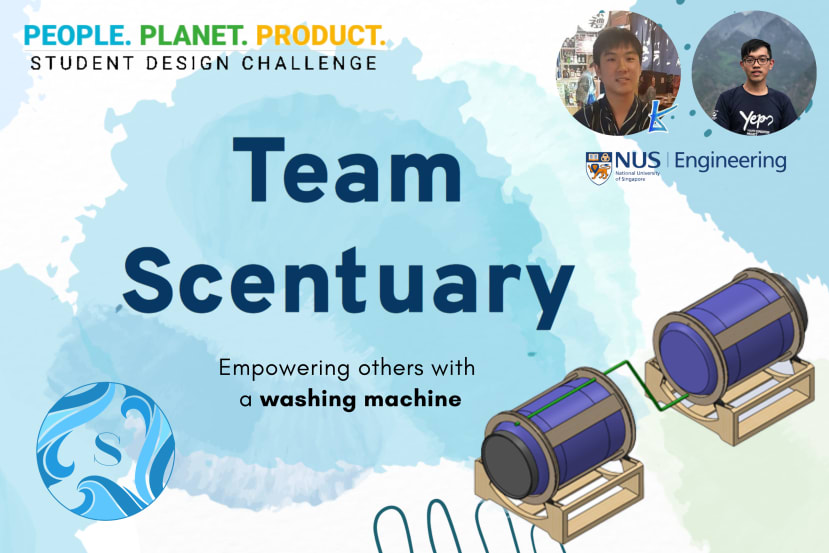
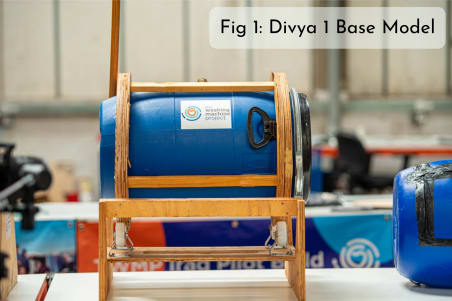
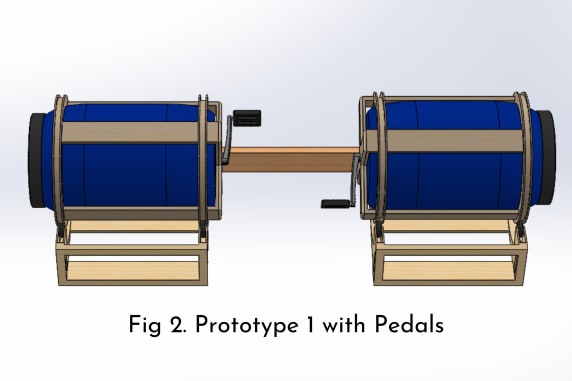
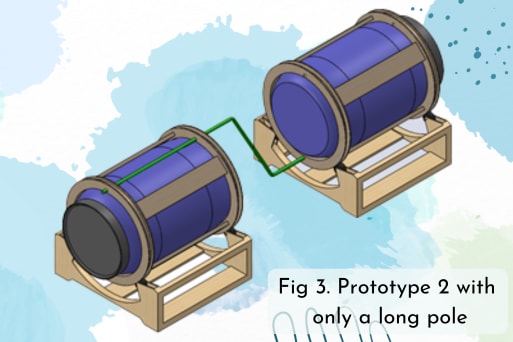

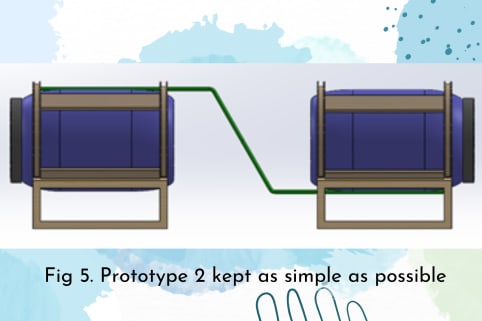
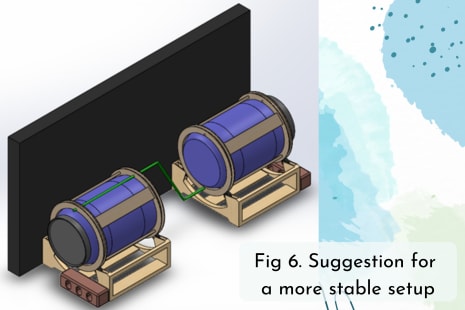
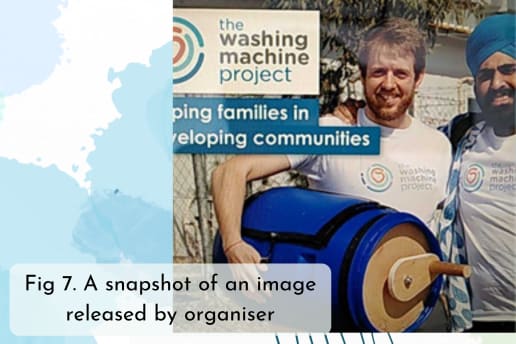
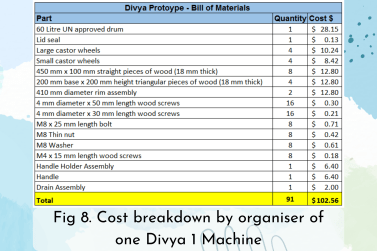
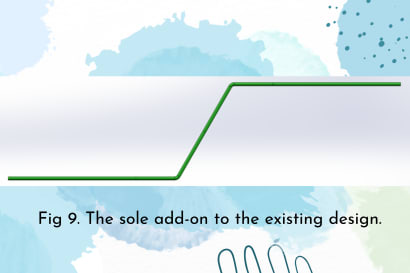
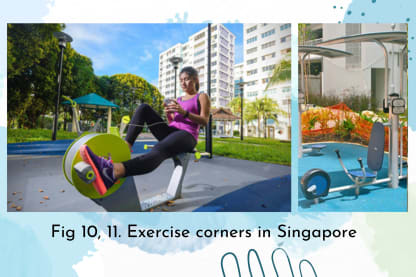

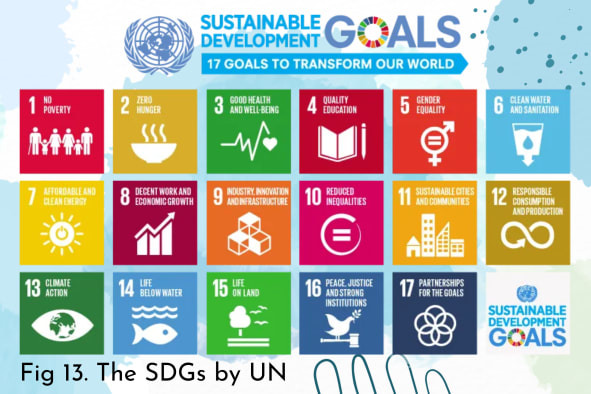
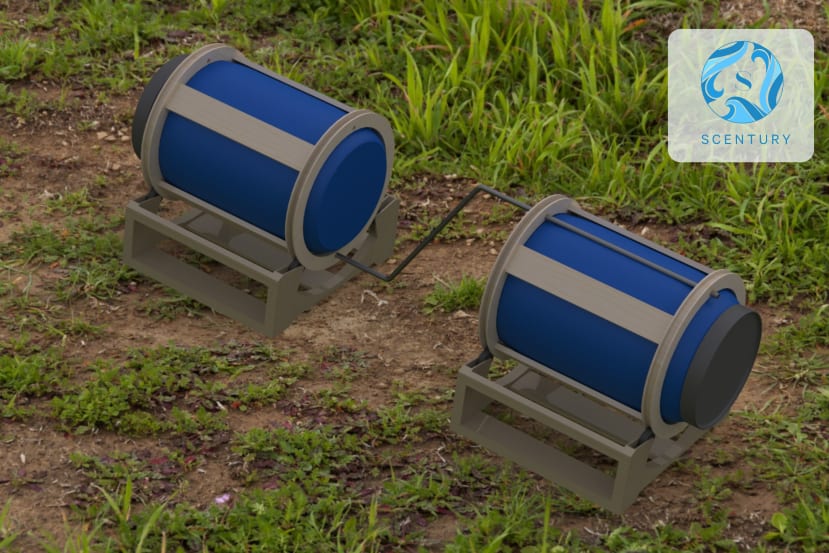
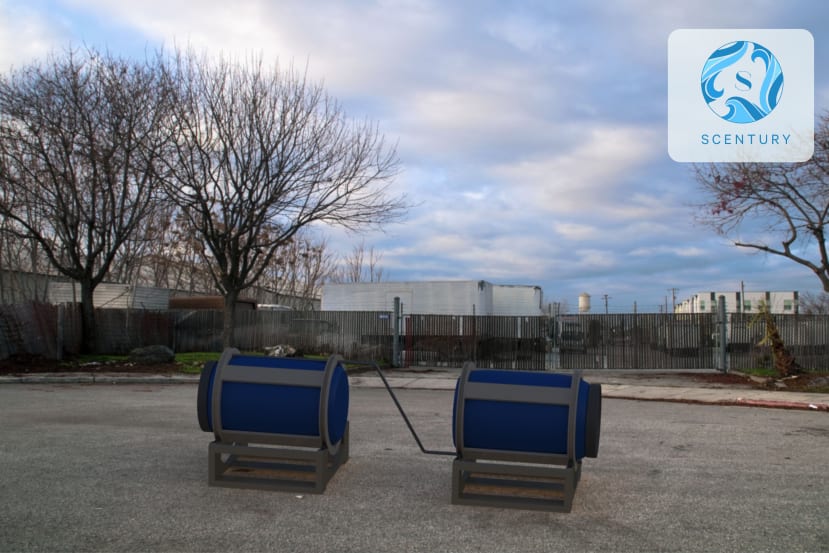
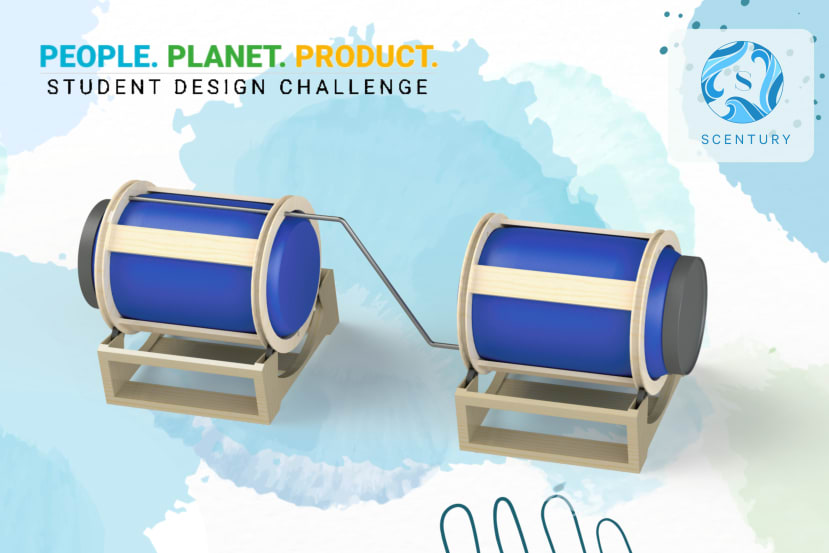
Comments